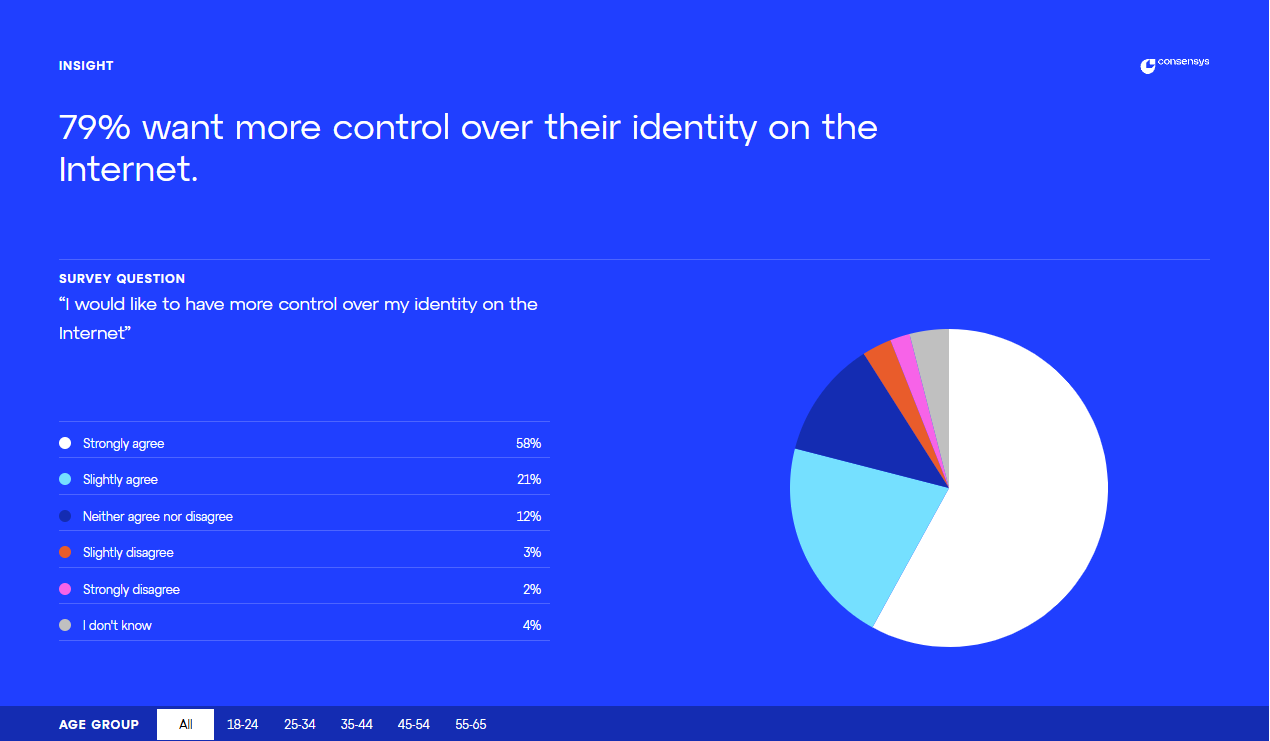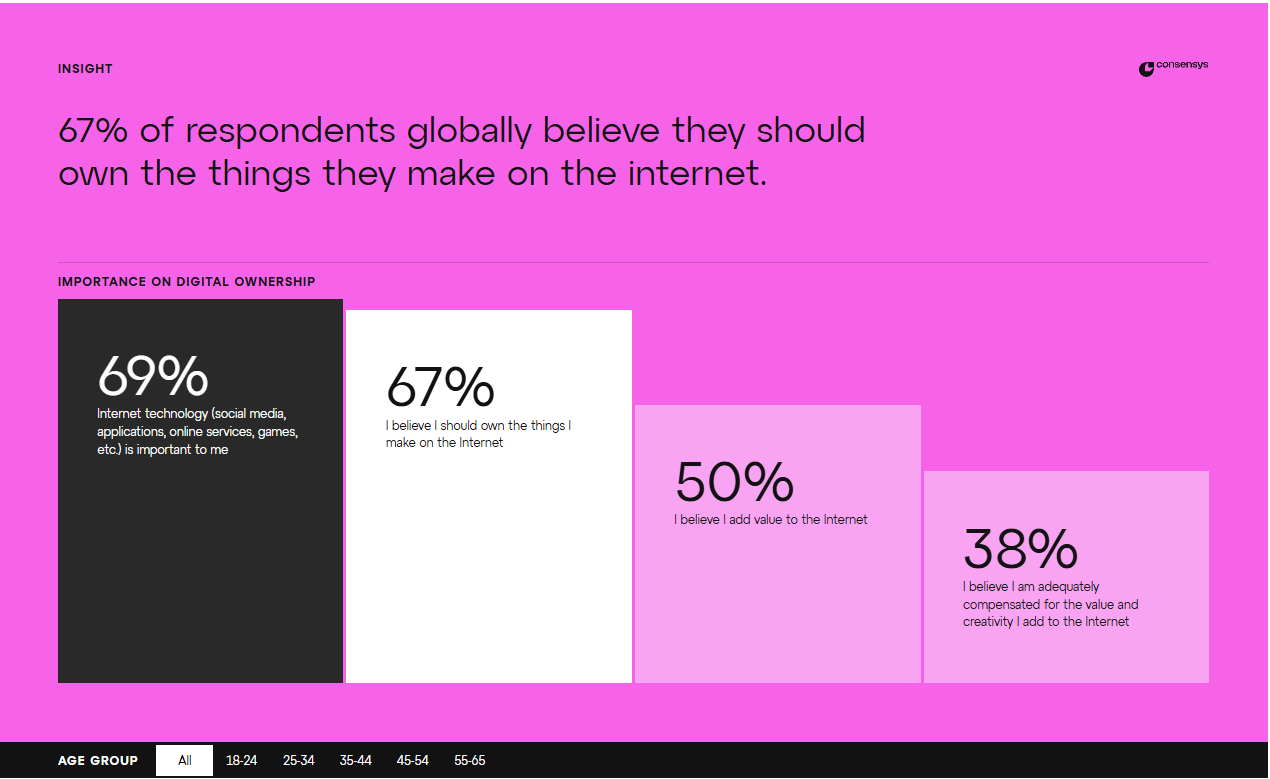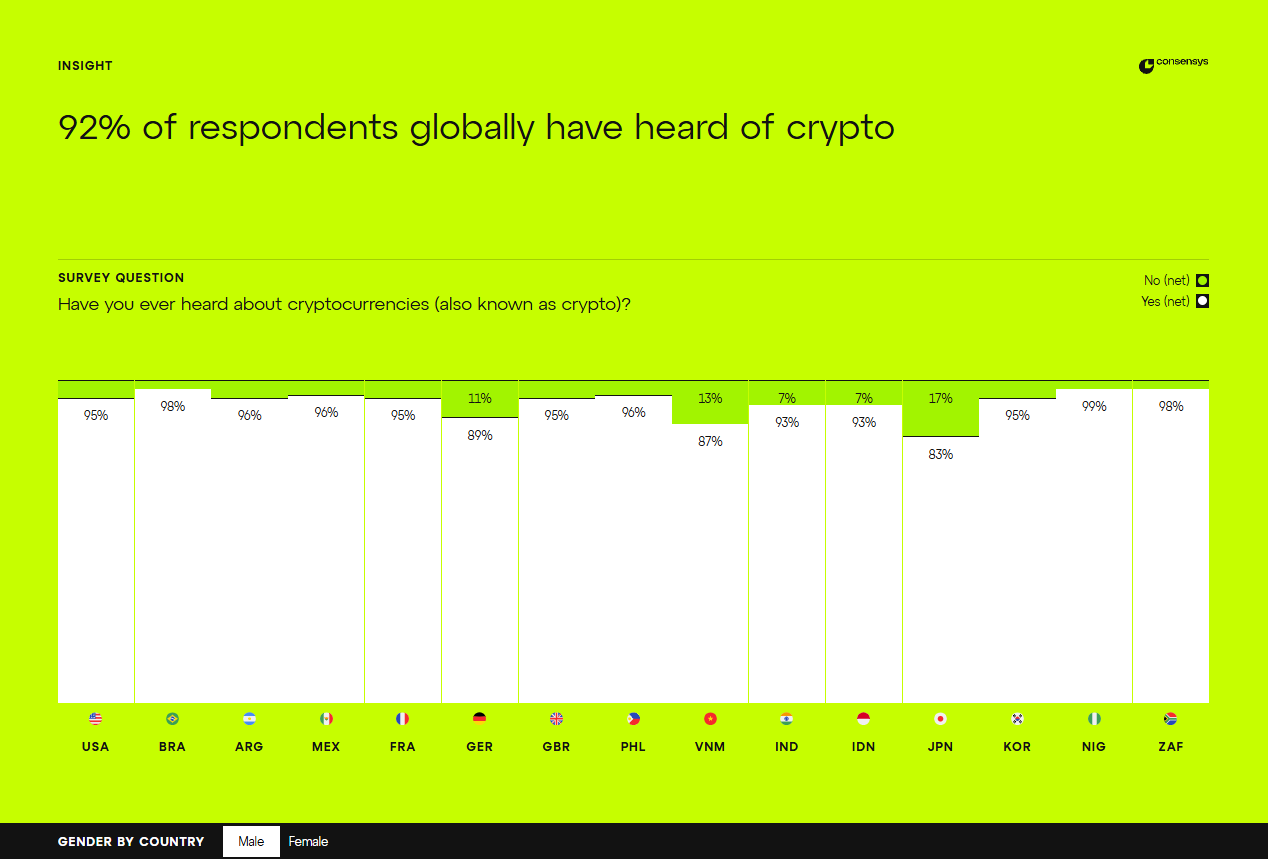Introduction
In the rapidly evolving Web3 space, easy access to crypto and
decentralized dApps is essential. However, many existing wallets
suffer from poor usability, making it difficult for new users and
experienced users to navigate the decentralized web.
I
recognized this challenge and set out to build Zephyr—a user-friendly
Web3 wallet that simplifies crypto transactions, dApp interactions,
and NFT management. I began by exploring common pain points in crypto
adoption, including confusing onboarding flows, security concerns, and
complex transaction processes. My goal was to refine the experience
for all users—whether they’re buying their first token or actively
trading and staking assets.
Hypothesis
Crypto wallets can often feel overwhelming and overly complex, and the
world of Web3 with its technical details and intricate systems can be
just as intimidating. These complexities typically drive away new
users while frustrating more experienced ones who may struggle with
unnecessary steps or confusing interfaces.
I hypothesized that by creating a more streamlined and intuitive Web3
wallet experience, we could significantly enhance user engagement. The
goal was to simplify processes such as buying, storing, swapping, and
interacting with digital assets by removing the friction that often
prevents people from fully diving deep into the decentralized
world.
A well-designed wallet and made easy to use could empower both new
users and seasoned crypto enthusiasts to engage more confidently and
seamlessly with Web3 technology.
Goal
My objective was to create a Web3 wallet that balances simplicity and power—allowing users to:
- ✅ Buy, sell, and swap crypto effortlessly
- ✅ Store and manage NFTs in a visually engaging way
- ✅ Connect with dApps securely and seamlessly
- ✅ Ensure self-custody and security while reducing friction
By addressing key usability challenges, Zephyr aims to bridge the gap between traditional finance users and the decentralized economy.
Target Audience
Zephyr was designed for a broad spectrum of Web3 users, including:
- 📌 Newcomers exploring crypto for the first time
- 📌 DeFi traders looking for a smooth transaction experience
- 📌 NFT collectors managing digital assets
- 📌 dApp users seeking secure and easy integrations
To refine my approach, I focused on individuals who:
- 📌 Are 18-40 years old
- 📌 Are interested in crypto but struggle with usability
- 📌 Want secure and intuitive Web3 access
Key Questions to Answer
To validate our hypothesis and ensure Zephyr meets the needs of both new and experienced users, I focused on addressing the following questions:
-
1️⃣ How can we raise awareness and educate users about the potential
of Web3?
Given the relatively low awareness of Web3 despite the high global awareness of cryptocurrencies, I need to explore how to better introduce Web3 to users. How can I bridge the gap between cryptocurrency knowledge and the value that Web3 brings in terms of privacy, identity, and digital ownership? -
2️⃣ How can I highlight the ownership and privacy benefits of Web3 to users?
A significant portion of users desires more ownership of their digital identities and greater data privacy. How can I clearly communicate how Zephyr empowers users to take control of their digital assets and identity, ensuring they understand the value of Web3 in offering these benefits? -
3️⃣ How can I address regional differences in Web3 adoption and awareness?
With varying levels of Web3 enthusiasm across regions, how can Zephyr cater to different user attitudes and experiences based on geographical factors? How can we build trust in regions where skepticism towards cryptocurrencies is high while fostering adoption in areas with a more favorable attitude toward Web3 and digital ownership? -
4️⃣ How can I help users transition from being passive consumers to active 'builders' in the Web3 space?
Many users are eager to shift from passive consumption to actively participating in the Web3 ecosystem. How can Zephyr encourage users to take on a 'builder' mindset, using Web3 tools to claim ownership, create value, and share profits more equitably through decentralized applications?
These questions align with the research findings and focus on addressing the needs and concerns of potential Web3 users, ultimately refining the user experience to maximize adoption and engagement.
User & Market Research Results
To ensure the hypothesis about the need for a more user-friendly Web3 wallet was accurate, I gathered insights from both potential users and the broader market trends. I explored the key challenges users face when interacting with Web3 technologies and how Zephyr could address these gaps.
Synthesizing the Data
I discovered that:
- • A significant portion of users find Web3 wallets intimidating and overly complex, with many new users abandoning the experience early due to confusion or lack of clarity.
- • Privacy and ownership are top priorities for users, with 67% of people believing they should own what they create online and 83% prioritizing data privacy.
- • Over 70% of potential Web3 users expressed frustration with the current state of wallets, citing a lack of seamless onboarding, complex navigation, and difficulty managing digital assets.
- • A majority of respondents from regions with favorable attitudes towards Web3, such as Southeast Asia and Africa, are actively seeking better tools for managing their digital identities and assets, especially in areas with unstable local currencies.
- • Popular wallets like MetaMask and Trust Wallet offer powerful features, but often overwhelm users with complex setups and technical jargon, especially for newcomers.
- • Newer projects like Argent have made strides in improving user experience by offering features like smart wallet functionalities and simplified onboarding, but the majority of users still struggle with initial setup and understanding Web3’s core principles.
These findings confirmed the hypothesis that simplifying the Web3 wallet experience, making it accessible to both beginners and experienced users, would increase engagement and drive adoption of potential emerging wallet like Zephyr.
Brainstorming & Detecting Visual Language for Zephyr Crypto Mobile App
For Zephyr, the primary goal is to present complex crypto data in an easy-to-understand format. The challenge is to balance accuracy with user-friendliness, as crypto data can be overwhelming for users new to the space.
The key here is to simplify and prioritize essential information while still maintaining data accuracy. A use of combination of visually engaging charts, real-time data indicators, and intuitive layout designs.
For Zephyr, the goal is to create a simple, yet elegant interface that presents the most relevant crypto data without overwhelming the user.


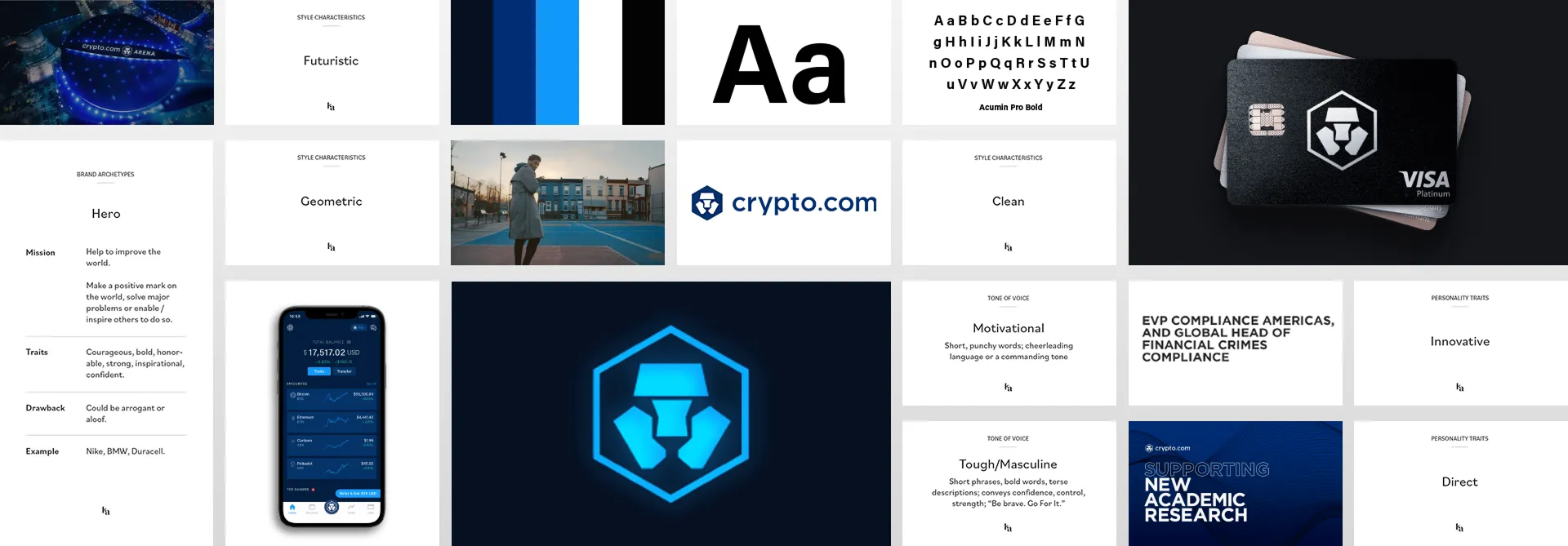

For Zephyr, I conducted a competitor analysis focusing on several key players in the crypto wallet space, including Kraken Wallet, Solana-based wallets, Helium, and Crypto Wallet. Kraken stands out for its strong security features and seamless integration with its exchange platform, but it can feel complex for beginners.
Solana-based wallets are known for their fast transaction speeds and low fees, but their user interfaces often lack polish. Helium provides a unique focus on decentralized wireless networks, which appeals to specific user segments, though its wallet design could benefit from improved usability.
Crypto.com wallet in general, have a wide range of features but tend to struggle with consistency in UI/UX, especially across mobile platforms. Our analysis of these competitors helped identify key opportunities for Zephyr to differentiate itself, particularly in terms of simplifying the user experience while maintaining strong security and transaction speed.
Final Prototypes
Below are a series of prototypes showing different aspects of Zephyr wallet.
Onboarding: Step-by-step guide to help users get started with the wallet, ensuring a smooth and easy account setup process.
View account wallet interface, allowing users to easily view ther connected wallet and options.
Swap: Demonstrating how users can quickly swap one cryptocurrency for another within the wallet with ease.
View History: Explaining how users can view their past transactions, providing them with a clear overview of their activity.
Receive Token: Highlighting the simple process of receiving tokens into the wallet by other users.
Buy Crypto: A seamless tutorial showing how users can purchase cryptocurrency directly within the wallet using fiat or other methods.
Send Crypto: Walkthrough of how to send cryptocurrency from the wallet to another address with in a painless and easy way.
View Token: How users can view detailed information about each token through their explore feature in Zypher.
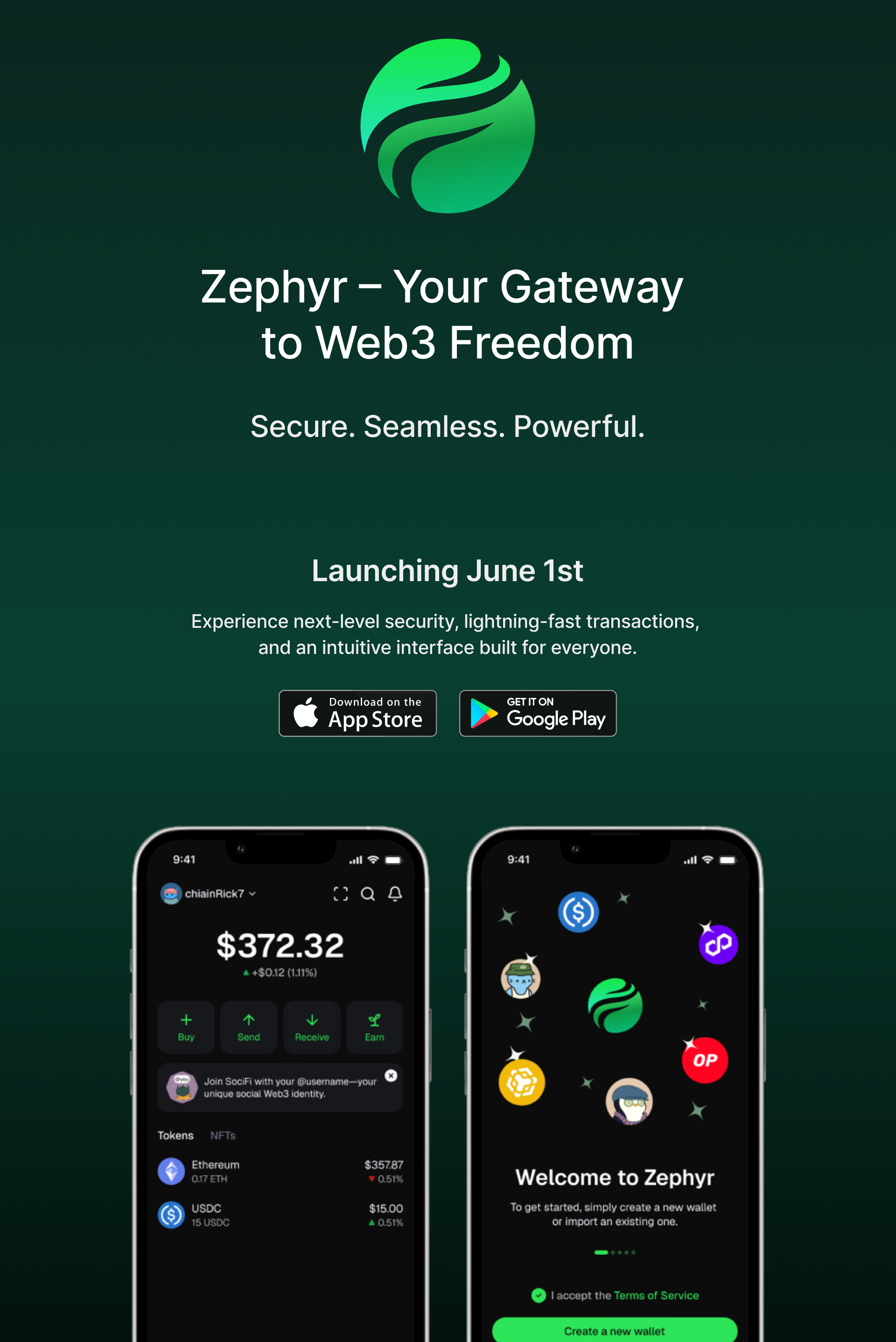
Conclusion & Looking Forward
Zephyr’s design journey has been an exciting and rewarding challenge, focused on making Web3 more accessible and intuitive for both newcomers and experienced users. By simplifying complex processes and creating an interface that balances ease of use with powerful features, I believe Zephyr has succeeded in addressing many of the pain points that prevent wider adoption of Web3 technologies.
The goal is to further enhance the user experience by incorporating user feedback. The Web3 space is rapidly evolving, and so are the needs of its users.
The future of Zephyr holds great potential to innovate and contribute to the global push toward decentralized finance, ownership, and privacy. I'm excited to help users of all backgrounds confidently navigate the world of Web3.




